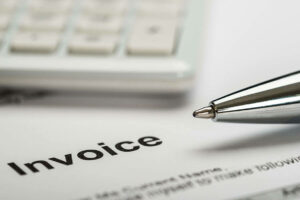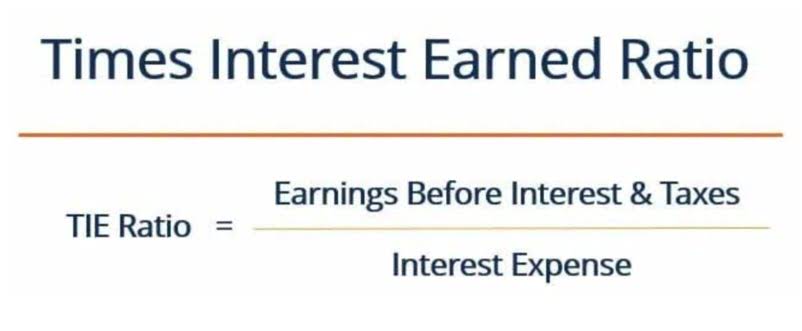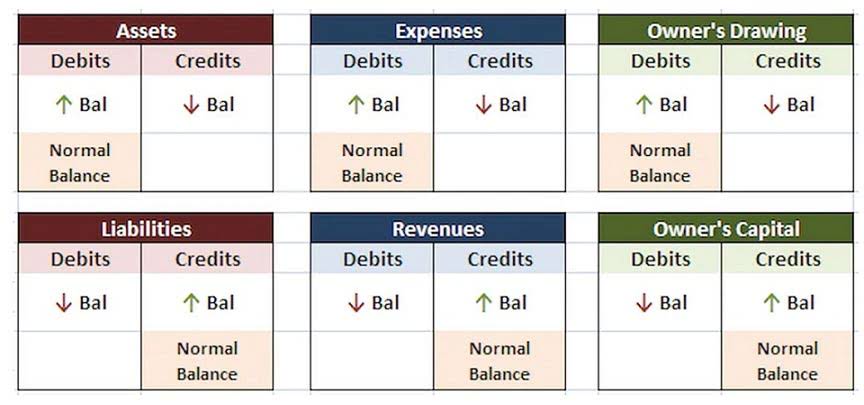
The debt to asset ratio brings it manageable to compare the degrees of leverage in various companies. This is the case whether debts are short-term, long-term, necessary or unnecessary to the company’s overall level of operational efficiency. The more debt a business accumulates, the riskier an investment it represents, since it may eventually find itself in the unfortunate position of being unable to repay its loans. This is accomplished by measuring the percentage of a firm’s assets that are funded by creditors, rather than by investors.
What Is a ‘GOOD’ Debt Ratio?

On the opposite end, Company C seems to be the riskiest, as the carrying value of its debt is double the value of its assets. Using the above-calculated values, we will calculate Debt to assets for 2017 and 2018. A company with a lower proportion of debt as a funding source is said to have low leverage. A company with a higher proportion of debt as a funding source is said to have high leverage. “It is generally agreed that a debt-to-asset ratio of 30% is low,” says Bessette.
What Is a Creditor?
The more of a company’s assets that are funded by creditors, the higher the firm’s debt load becomes. Understanding a company’s debt profile is a critical aspect in determining its financial health. Too much debt and a company may be in danger of not being able to meet its interest and principal payments, as well as creating a strain on its finances. A company can improve its debt ratio by cutting costs, increasing revenues, refinancing its debt at lower interest rates, improving cash flows, increasing equity financing, https://www.bookstime.com/ and restructuring.

Debt Ratio: Definition, Using, Formula, Example and More
In contrast, the payment of dividends to equity holders is not mandatory; it is made only upon the decision of the company’s board. Another point to consider is that the ratio does not capture all of the company’s obligations. For instance, financial commitments such as lease payments, pension obligations, and accounts payable are not considered as “debt” for the purposes of this calculation.

To begin the process, Christopher gathers the Lucky Charm’s balance sheet for November 2020 to ensure that he has all the information he needs at his disposal. Essentially, leverage adds risk but it also creates a reward if things go well. The company must also hire and train employees in an industry with exceptionally high employee turnover, and adhere to food safety regulations for its approximately 18,253 stores. The following figures have been obtained from the balance sheet of XYL Company. Get instant access to video lessons taught by experienced investment bankers.

What Is a Good Total Debt-to-Total Assets Ratio?
All else being equal, the lower the debt ratio, the more likely the company will continue operating and remain solvent. If hypothetically liquidated, a company with more assets than debt could still pay off its financial obligations using the proceeds from the sale. Another oversight involves ignoring off-balance-sheet obligations, such as operating leases or special purpose entities, which can significantly affect a company’s leverage profile. Analysts must carefully review financial statement footnotes and disclosures to account for these items. Ted’s .5 DTA is helpful to see how leveraged he is, but debt to asset ratio example it is somewhat worthless without something to compare it to. For instance, if his industry had an average DTA of 1.25, you would think Ted is doing a great job.
- Some industries, such as banking, are known for having much higher debt-to-equity ratios than others.
- For example, the debt ratio of a utility company is in all likelihood going to be higher than a software company – but that does not mean that the software company is less risky.
- To gain the best insight into the total debt-to-total assets ratio, it’s often best to compare the findings of a single company over time or the ratios of similar companies in the same industry.
- While debt-to-assets ratios show the scale of owned assets to owed debt, a deeper understanding of a financial situation may be gained by looking at debt-to-equity ratios.
- A company that has a debt ratio of more than 50% is known as a “leveraged” company.
For example, a what are retained earnings business in the utilities sector may have a higher acceptable ratio as it needs to purchase a significant amount of tangible assets, like property, plant and equipment, with debt. This means that your business has a healthy amount of debt and is therefore at a lower risk of defaulting on its obligations. If you have a ratio over 1, this could be a warning of financial difficulties ahead as your business’s debt is greater than its assets. A ratio of one indicates that your business has a high level of debt, and theoretically, if you needed to pay it off all at once, you would need to sell all your assets. If your business has a ratio of 1, this means that the value of its assets are exactly equal to that of its debt on your balance sheet.
